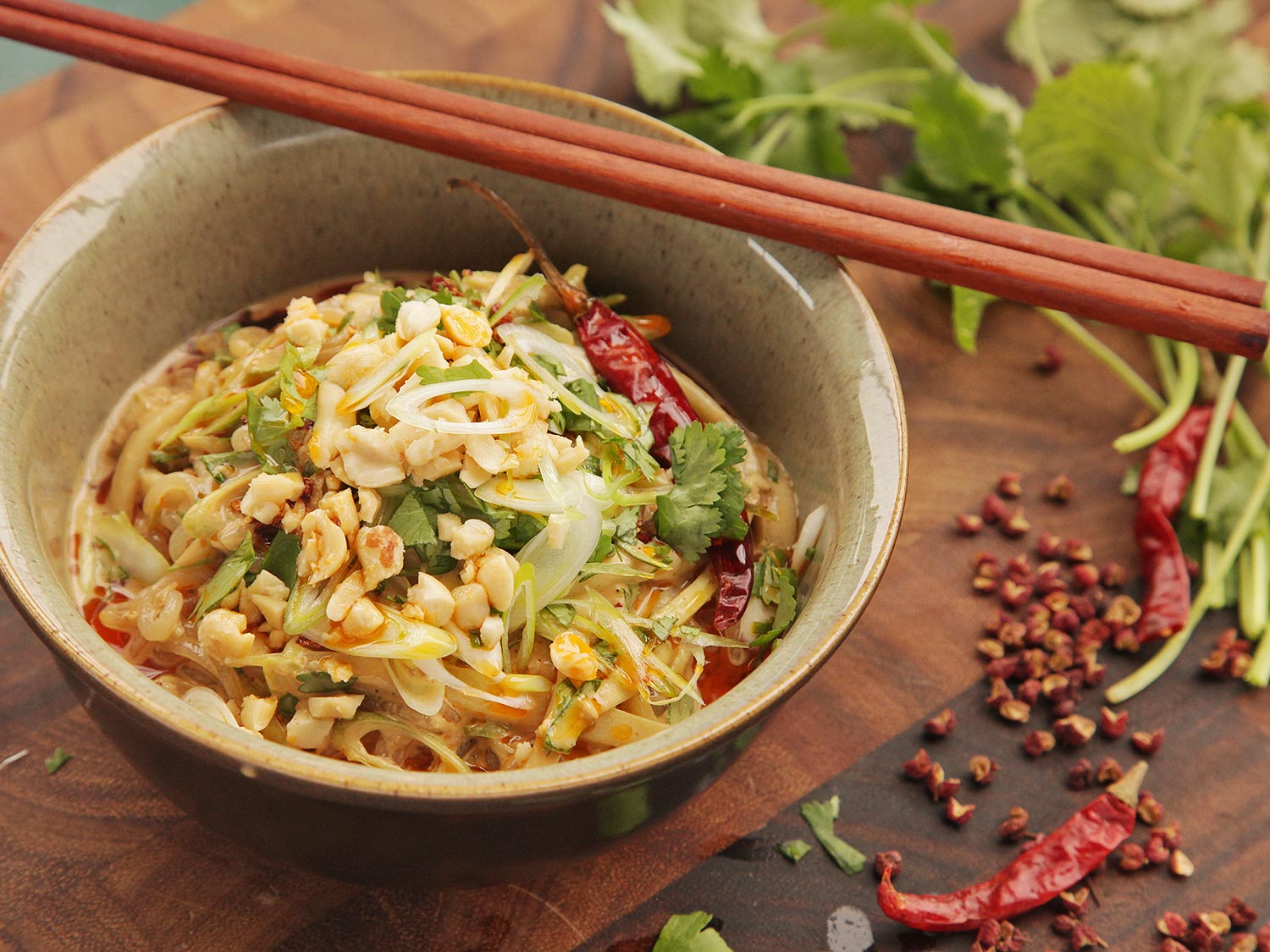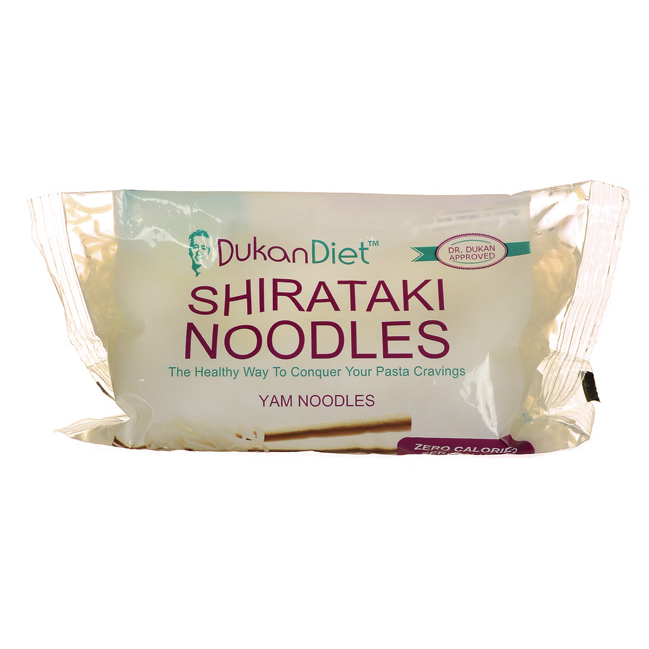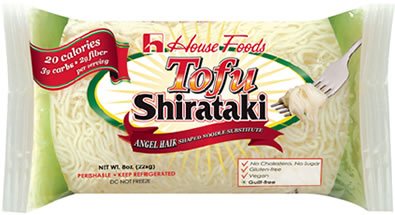Are These Zero-Calorie, Gluten-Free Noodles The Perfect Pasta?
Things that sound too good to be true often are, particularly when it comes to any kind of diet-related food (remember Olean chips?).
So what about these zero-calorie, gluten-free, vegan Japanese shirataki noodles? Let’s find out a bit more about them, for those not yet in the know.
They Really Are Calorie-Free
These Japanese noodles are made from water and glucomannan, a dietary fiber found in konjac yams. This type of fiber is edible but indigestible (therein lies their ability to be zero calories). Shirataki noodles are sometimes known as “ito konnyaku,” yam noodles, and devil’s tongue noodles. Since they are made from yams, they are vegan and also gluten-free, unlike traditional pasta, which is made from wheat.
Sometimes the noodles are made with tofu, which adds a boost of protein (1 gram) and a minimal amount of calories (20 per serving).
How To Eat Them
You can use them in soups, warm or cold noodle salads (pictured below), and traditional Asian or Italian pasta dishes. The noodles are sold dried or, more often, soft (cooked and packed in liquid). Since the noodles themselves don’t have much flavor, using them in flavorful dishes seems to be key.
The pro tip for the soft-packed noodles is to rinse them before eating, as the scent of the liquid they’re packed in can be off-putting to some.
The Consensus
While some have described the texture as gelatinous with more “snap and rubber” to them than traditional wheat or rice noodles, the key to improving it seems to be to rinse and pan-fry them to remove as much of the liquid content as possible. And while it would be hard to beat a steaming hot bowl of traditional spaghetti bolognese or fettuccine alfredo, for those who are gluten-free or looking to limit their calories, these noodles—when prepared correctly—can be a great pasta alternative.




